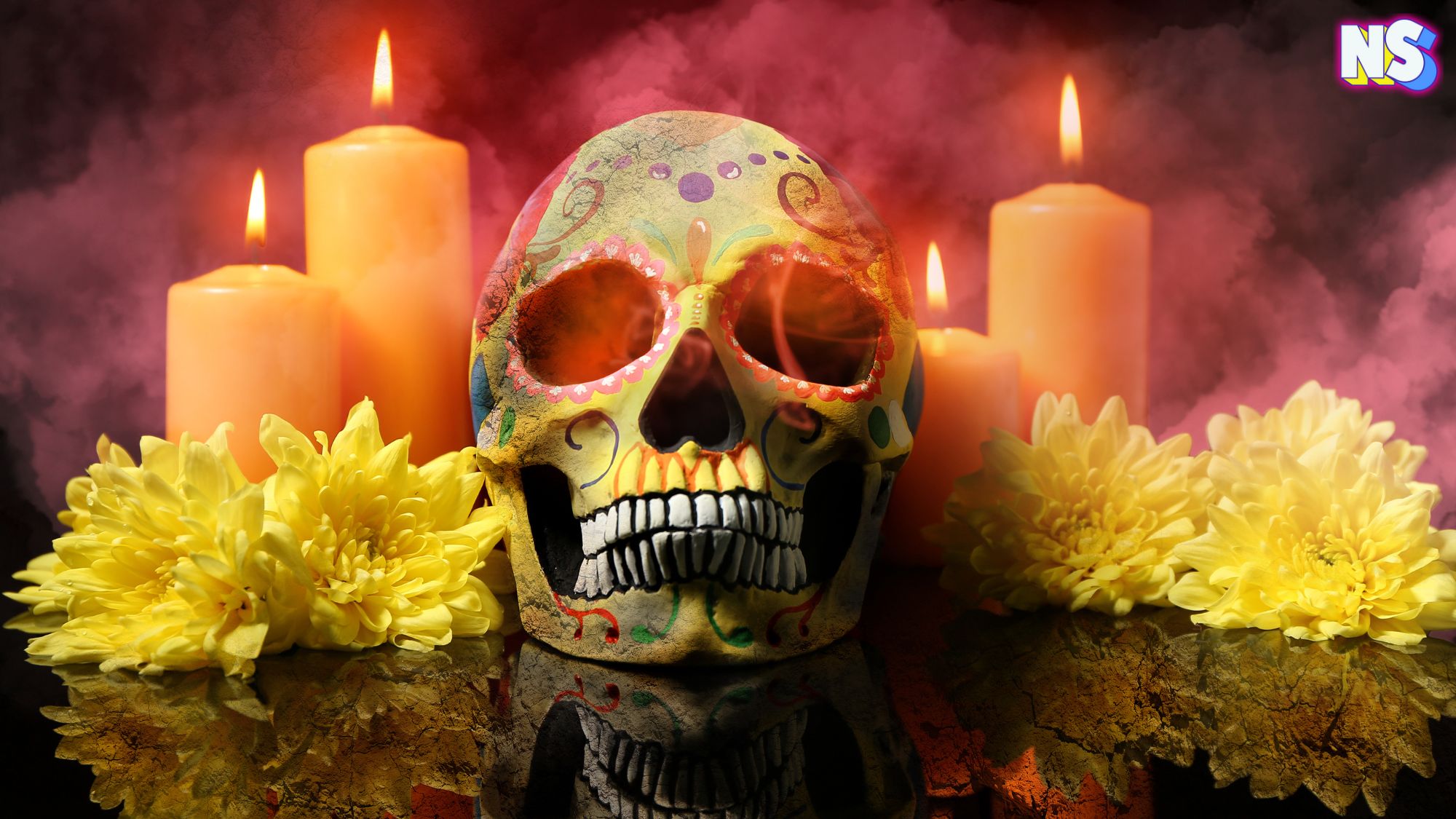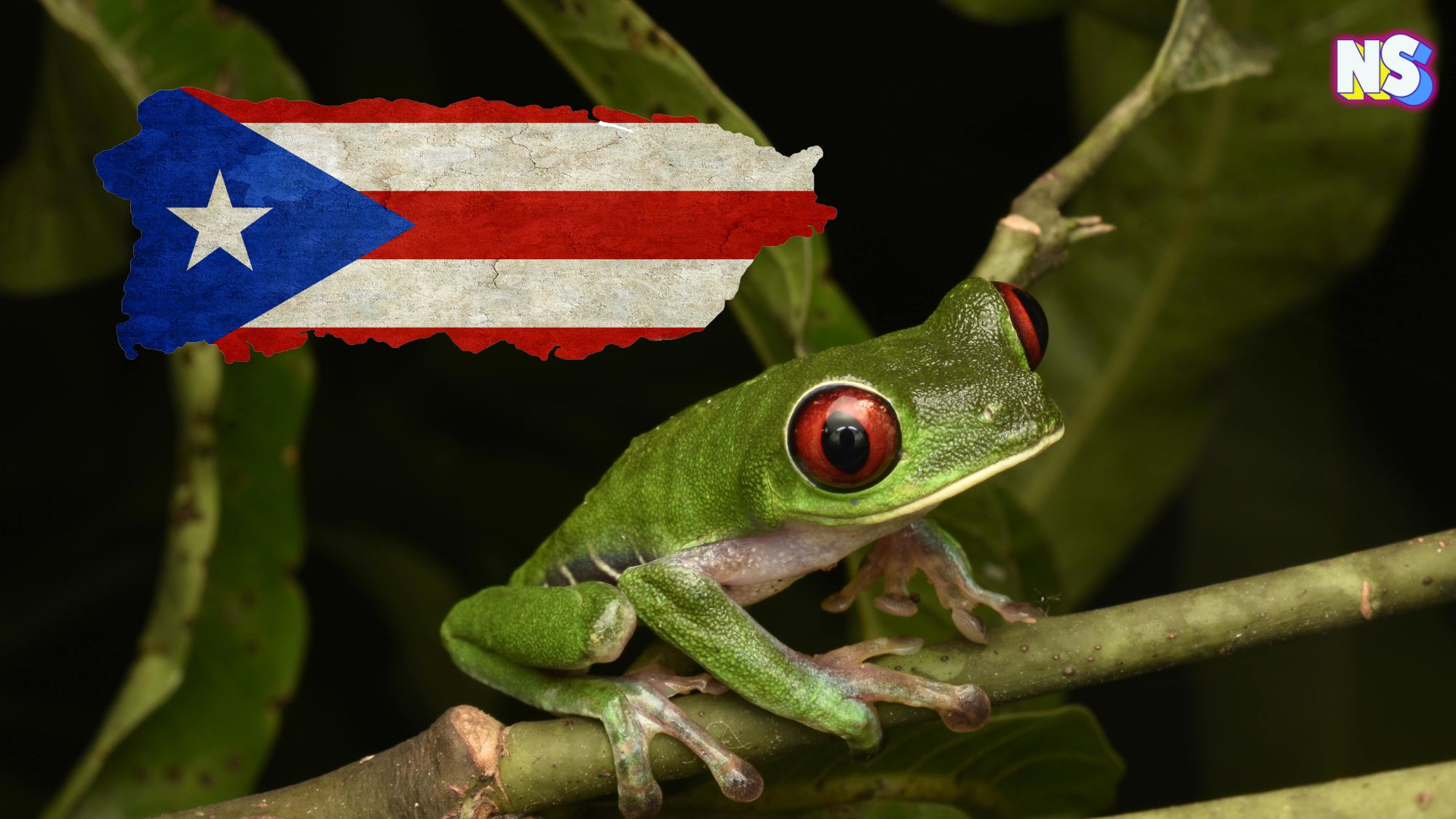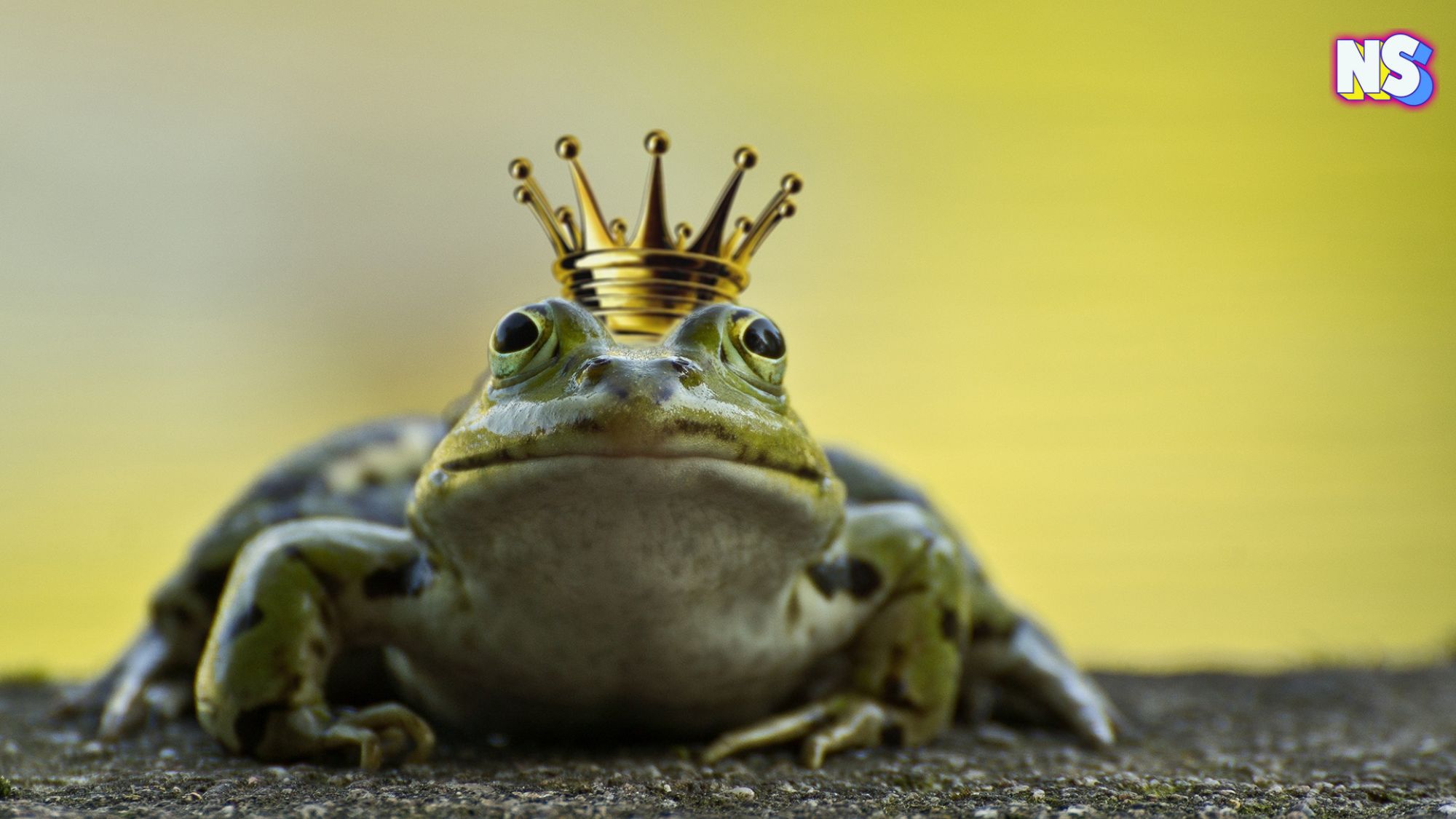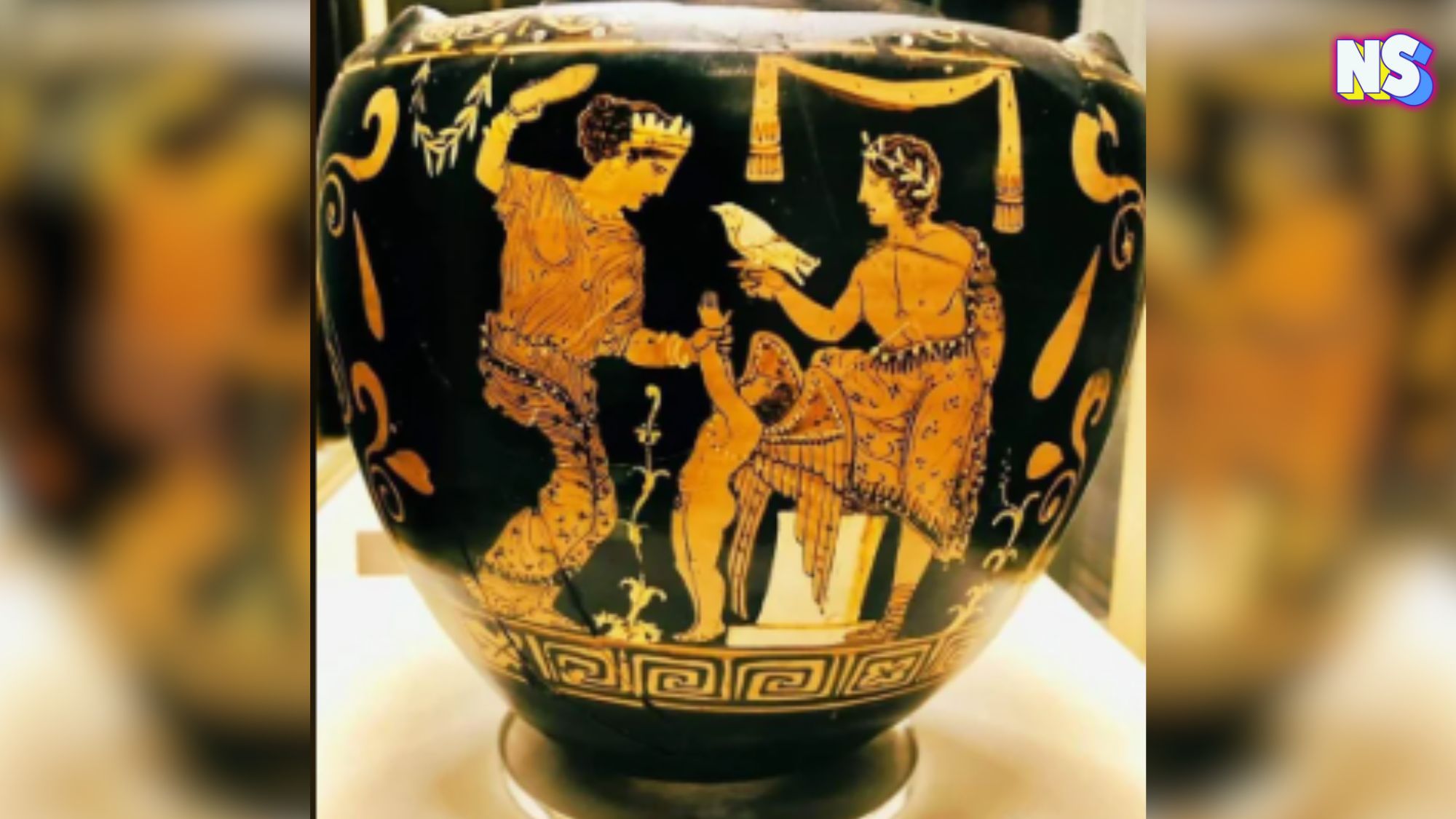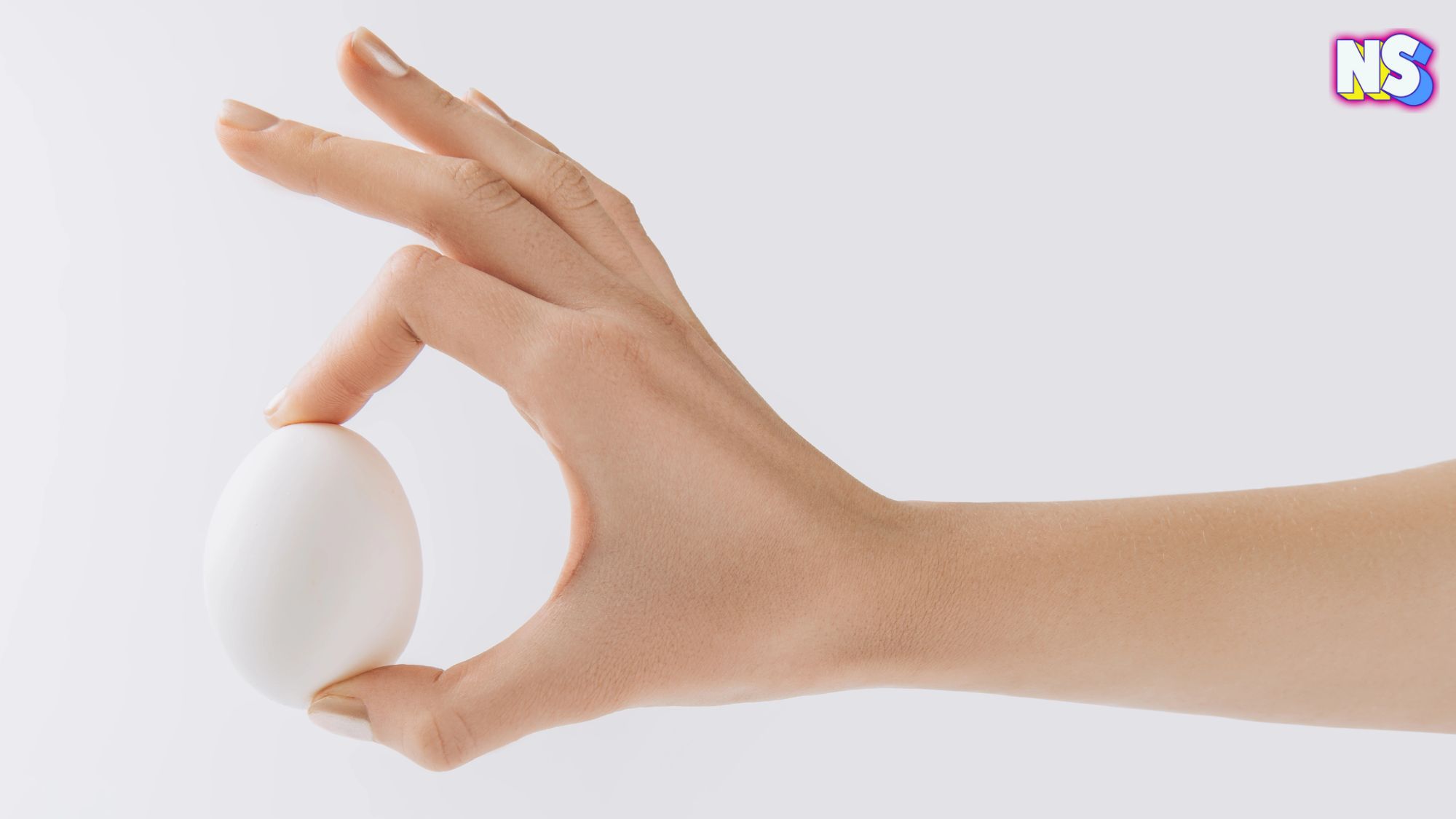Some time between Halloween and Mariah Carey thawing out, there’s a particular holiday for Latinos that honors all of the lives that have shaped our present. Dia de Muertos, or the Day of the Dead, is widely-known as a Mexican tradition honors those who have passed with everything from food, sugar skulls, costumes, and celebration. The multi-day event, usually taking place from the end of October to November 2, has even expanded to other Latin American countries, and has grown in abundance within the United States as well.
And while the iconic celebrations are cemented throughout the Americas, there’s something you may not know – the Day of the Dead is actually protected by the United Nations Educational, Scientific and Cultural Organization (UNESCO). The holiday, rich in indigenous tradition and meaning, was first declared as an ‘Oral and Intangible Heritage of Humanity’ by the international organization on Nov. 7, 2003. But what does that mean?
@nuestrostories That time of year is quickly approaching ???? @Patria tierra y libertad #diademuertos #diadelosmuertos #dayofthedead
♬ original sound – NuestroStories
Why is the Day of the Dead Protected by UNESCO?
The UN uses terms including ‘intangible cultural heritage’ or ‘living heritage’ to describe “the practices, expressions, knowledge, or techniques that are transmitted by communities,” according to The Yucatan Times. UNESCO also defines the term ‘intangible heritage’ as something that can provide communities with three things: 1) creativity and social well-being, 2) contributions to the natural and social environment, and 3) generating economic income.
The Day of the Dead arguably does all of the above, sparking continent-wide festivals and events as previously mentioned, but even solidifying itself in pop culture as seen in Disney’s 2017 film “Coco,” grossing more than $800 million globally.
According to UNESCO, the organization’s goal in protecting the Latino holiday is to increase the general public’s awareness of it, while also encouraging countries all over the world to create public policies and “administrative measures” to protect its rich and historic roots – along with other holidays on the same list.
Born During Pre-Colonization
The Day of the Dead also has significant heritage dating back to pre-colonization of Latin and Central America, with UNESCO citing some of its practices being found in Totonaca, Mexica, Maya, Aztec, and Purepecha indigenous cultures. The image of La Catrina, for instance, is originally based on the Aztec goddess of death Mictecacíhuatl, eventually becoming modernized by Mexican printmaker Jose Guadalupe Posada in 1910.
RELATED POST: Remember that time Disney tried to trademark ‘Dia de Los Muertos’?
Later, with Spanish and Catholic influences, the practices became what many Mexicans and Latinos are familiar with today, and what remains protected by the UN. These practices include everything from catrinas, cempasuchil (Marigold flowers), cemetery visits, ofrendas (offerings), altares (altars) candlelights, sugar skulls, and a variety of Mexican cuisine (usually that of the dead’s favorite foods) and verbiage that are traditionally attached to this celebration.
Alternatively, compared to the global grief and bereavement that often is attached when remembering those who have passed, the traditional holiday’s unique spirit in keeping the memory of the dead alive is one that many have come to embrace as a key component of El Dia de los Muertos.
@promocioncdmx1 ???????? El Día de Muertos es un homenaje de tradición y memoria en México. Con altares, ofrendas y flores de cempasúchil, celebramos la vida y recordamos a quienes ya no están. Vive esta emotiva tradición en la Ciudad de México, donde el amor trasciende la muerte. ???? Del 18 de octubre al 2 de noviembre . . . . DiaDeMuertosCDMX CulturaMexicana TradiciónViva TurismoCDMX VisitaLaCiudadDeMexico CDMXMuchoMasDeLoQueImaginas CDMX
♬ sonido original – Promoción CDMX – Promoción CDMX
Protecting Our Cultures
Some other traditions included on UNESCO’s list? To give an idea, the Festivity of Las Parrandas in Cuba (added in 2019), Marimba music in parts of Colombia and Ecuador (added in 2015), and even Spanish flamenco (added in 2011). All of these protections, much like that of the Day of the Dead, hope to recognize and ultimately preserve what makes all of the cultures of the world uniquely their own.
With that being said, many of us can rest-assured that this well-loved, three-day tradition won’t be going anywhere anytime soon. And in a beautifully ironic way, it won’t be going anywhere in the way that our loved ones who have passed have never truly left us. I know this to be true.

